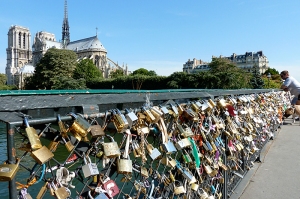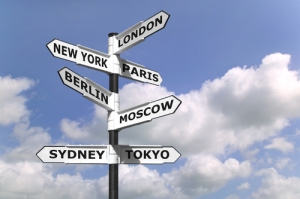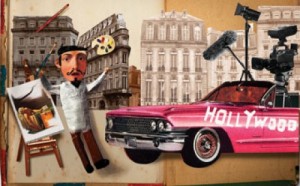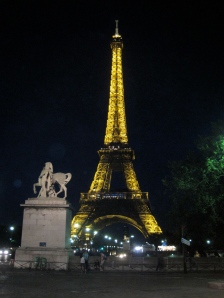Throughout history, advancements in technology have coincided with global advancements. It is therefore safe to say that an increase in technology has led to globalization. Globalizing the Gaze: Tourism and the Global recapitulates the change that has taken place over the past two decades; technological advances (mobile phones, digital photography, the internet) have led to “an omnivorous producing and consuming of places around the globe. Moreover, within the past decade, we’ve seen the growth of ‘tourism reflexivity’, “the set of disciplines, procedures and criteria that enable each (and every?) place to monitor, evaluate, and develop its tourism potential within the emerging patterns of global tourism” (141-142).
“This reflexivity is not simply a matter of individuals and their life-possibilities but sets of systematic, regularized and evaluative procedures that enable each place to monitor, modify, and maximize their location within the turbulent global order. Such procedures ‘invent’, produce, marker and circulate, especially through global TV and the internet, new or different or repackaged or niche-dependent places and their corresponding visual images” (142). These images represent a portion of the constituents that makeup the ‘tourist gaze’―which “organizes the encounters of visitors with the ‘other’, providing some sense of competence, pleasure, and structure to those experiences” (145)―the visual gaze. Tourist destinations are reliant on ‘visuals’, or monuments, that deem the particular destination or niche a ‘spectacle’, a desirable, quaint, sexy, elusive, seductive, historically rich place to travel. Visual gaze that is authorized by various discourses including education (study abroad programs), health (restore individual to healthy function through staying in sites of bodily restoration like the Swiss Alps or Rotarua, New Zealand), group solidarity, pleasure and play (ludic tourism/all inclusive Caribbean resorts for 18-30 year-olds), heritage and memory (indigenous histories, museums, recreated festivals, feasts, dances), and nation.
This visual gaze is obviously interconnected to the centrality of various icons within a nation. The text references France, ‘currently the world’s most popular tourist destination’, and the national icons that make France a spectacle. For example, the chapter mentions the gastronomy in France as “pivotal to the cultures location within the contours of global tourism” (158).
Another example is the Eiffel Tower, a global icon that is widely-recognized, is a (or the) symbol of Paris, even France. However, few tourists are aware of the fact that, at the time it was built (in 1889 for the Paris world exhibition), the Eiffel Tower was highly criticized by Parisians. Likewise, at the time it was built it was meant to be impermanent. It was set to be demolished 20 years later in 1909 but was “saved at the last moment to be used as a telecommunication tower. With 7 million visitors yearly, the Eiffel Tower now fully pays for itself” (Paris Digest 2012).
This is representative of the preconceived notions and stereotypes that shape our gazes as tourists. For example, many people see Paris through a ‘romantic gaze’―“solitude, privacy and a personal, semi-spiritual relationship with the object of gaze. Tourists look at object privately or with significant others.” This immediately reminded me of a bridge on the River Seine, commonly referred to as the Paris ‘Locks Bridge.’
Lovers from around the world place a lock on the bridge as a symbol of everlasting love. However, Parisians are annoyed by the way their city and their culture of ‘love’ and romance is seen. They feel that often times, others do not fully understand their views on romance or love. “Living in one of the world’s most visited cities, with 27 million visitors a year, and supposedly the world’s capital of romance, Parisians should have guessed from the beginning that this strange ritual had to do with the fantasy of everlasting love. Yet, instead of sharing the naïve joy of the world’s Romeos and Juliets, some Parisians have felt increasingly irritated” (New York Times 2012).



